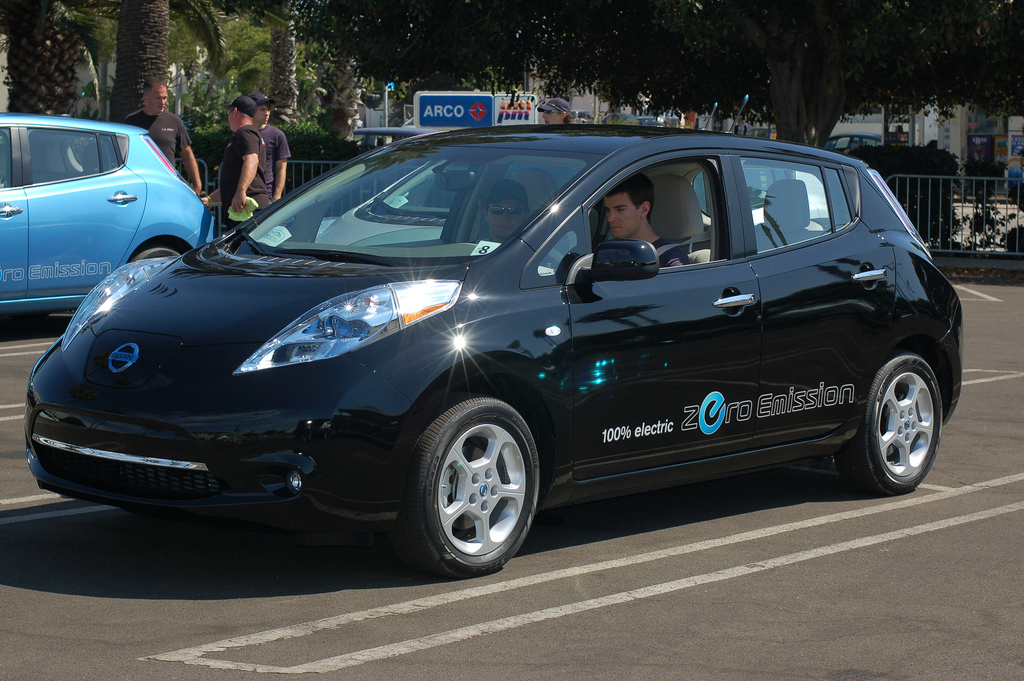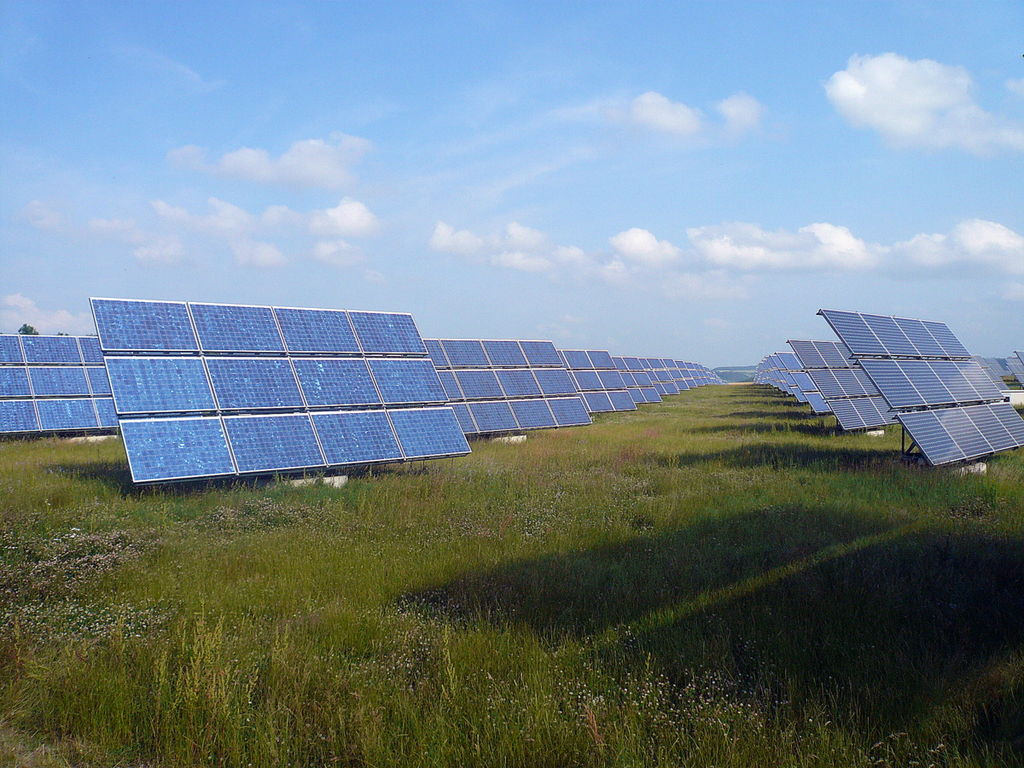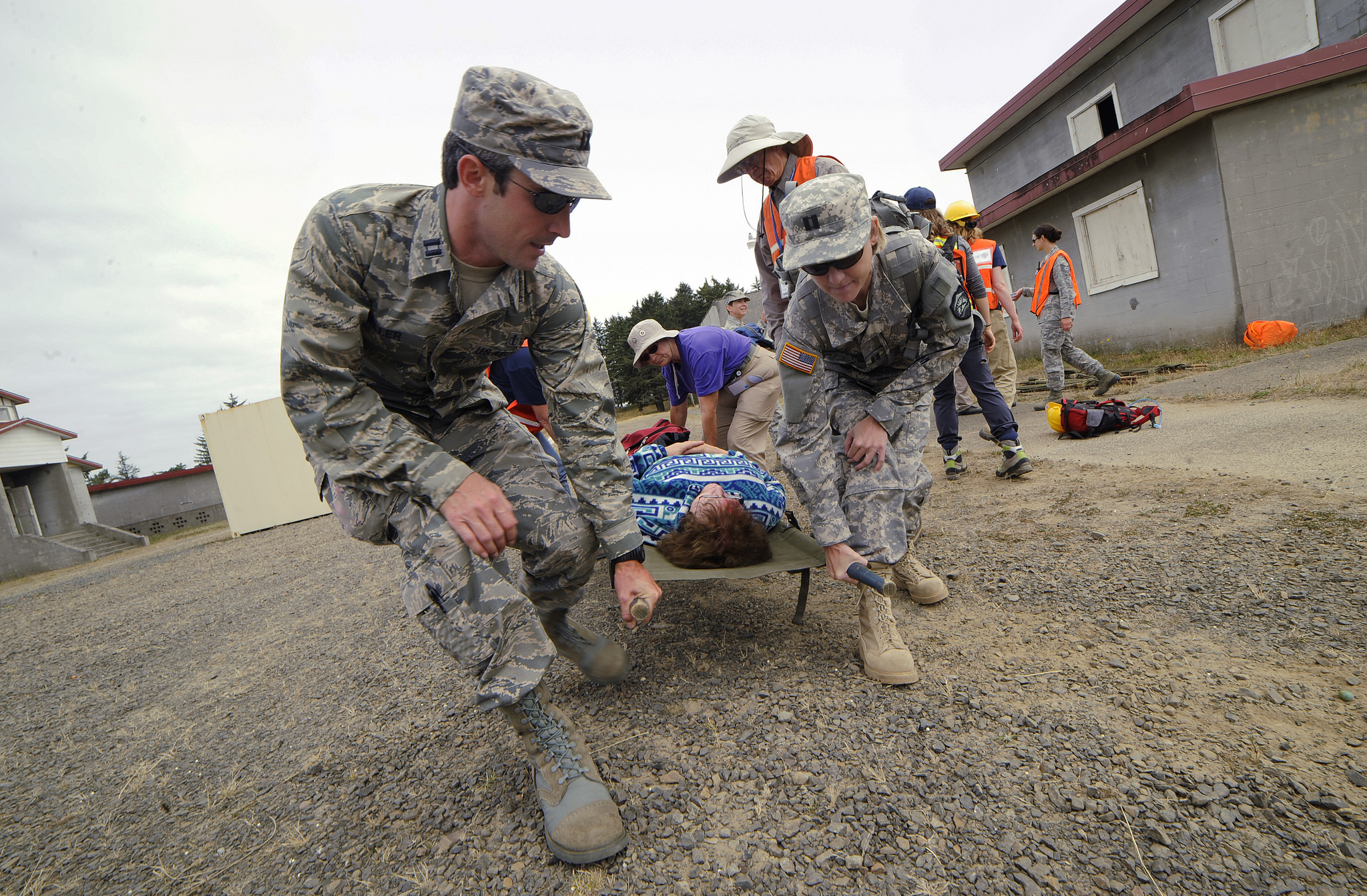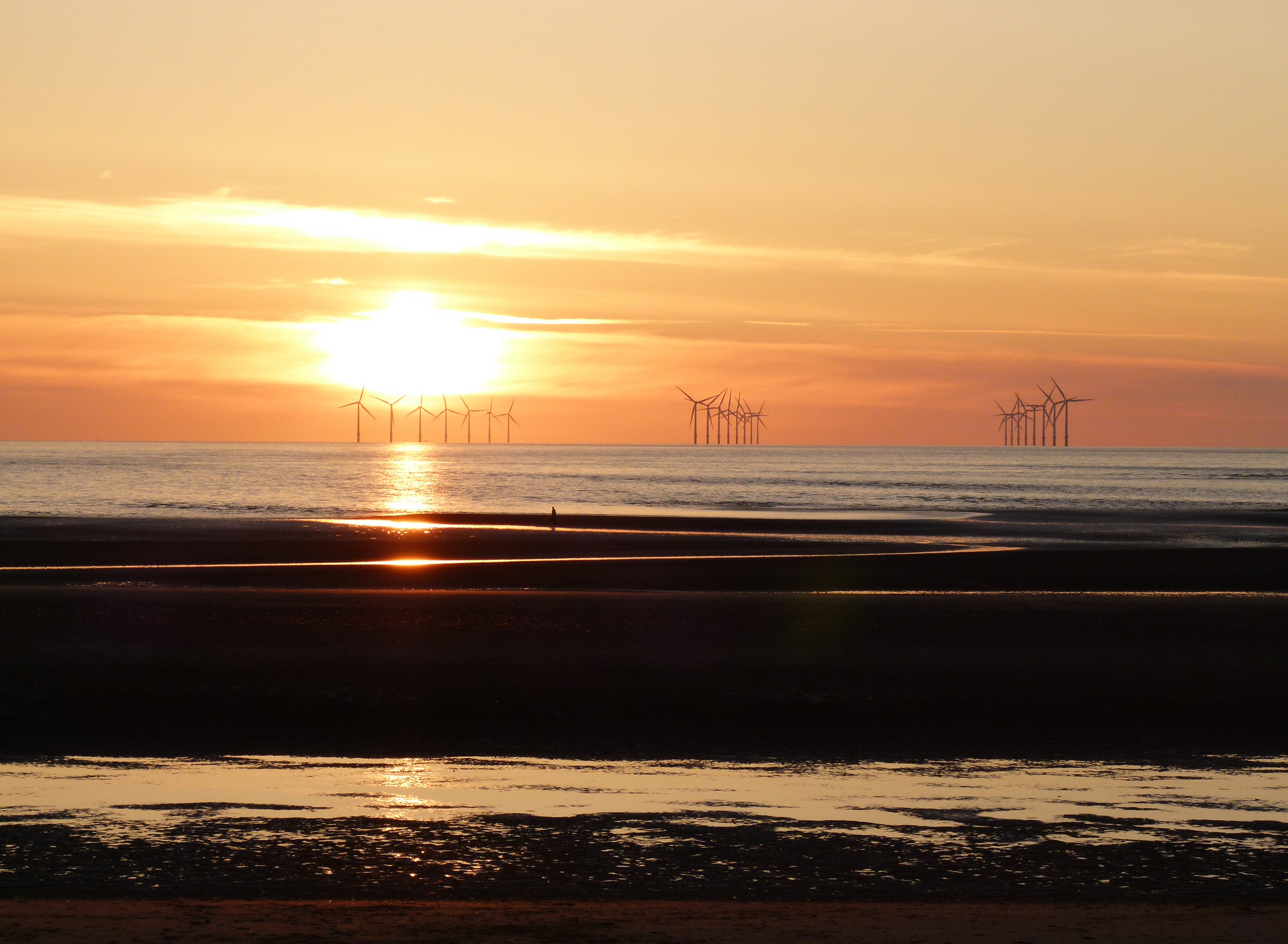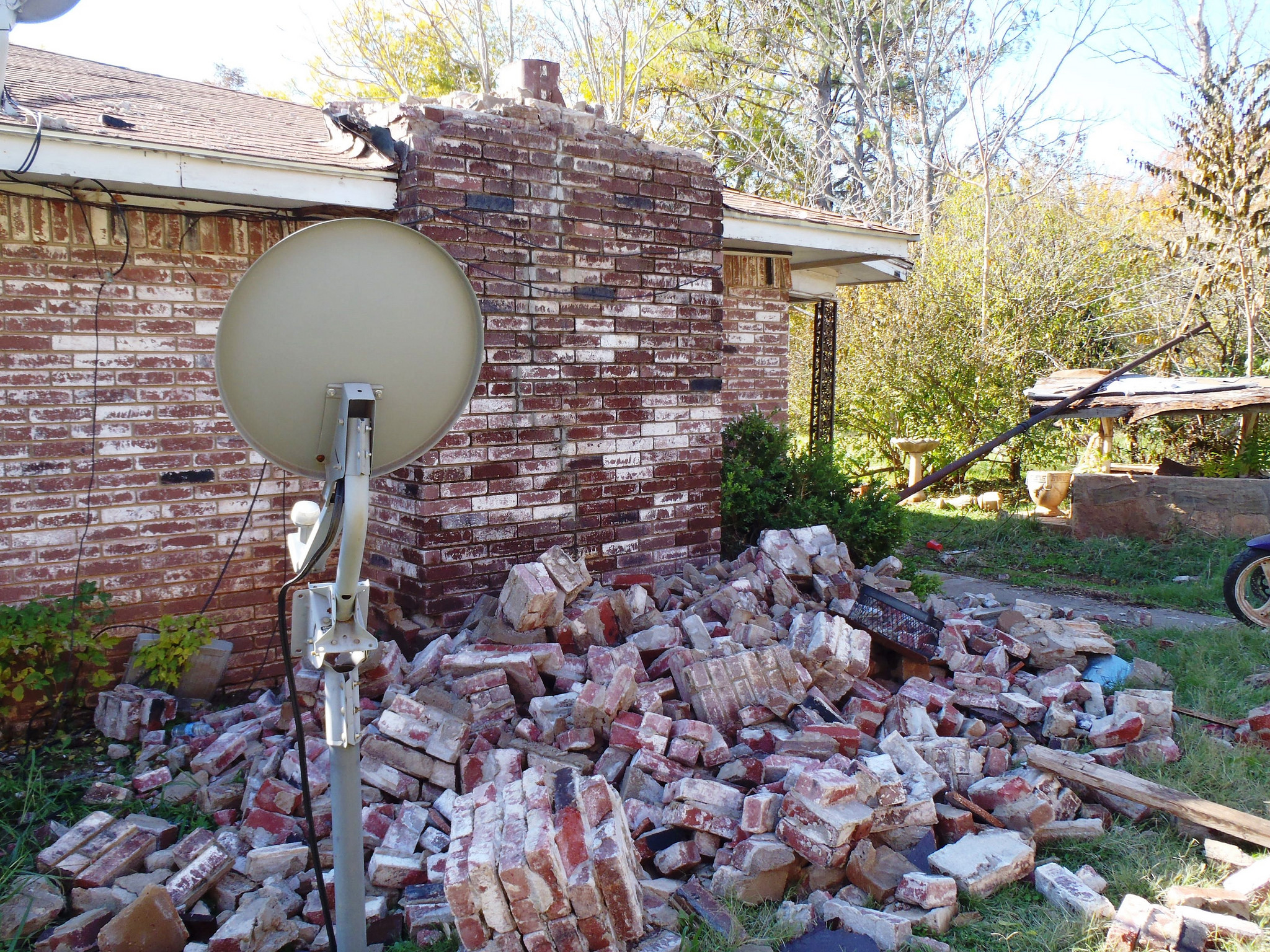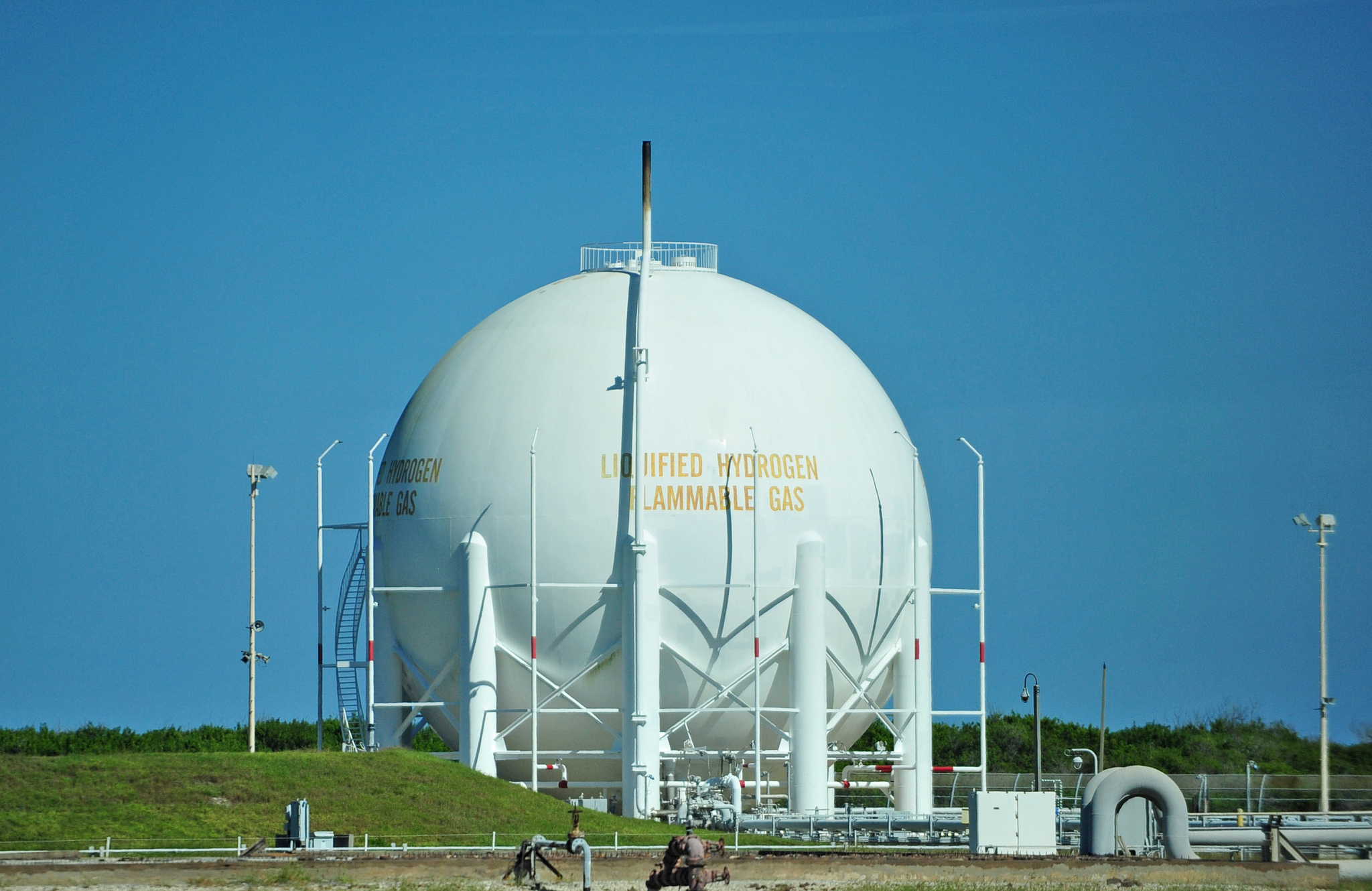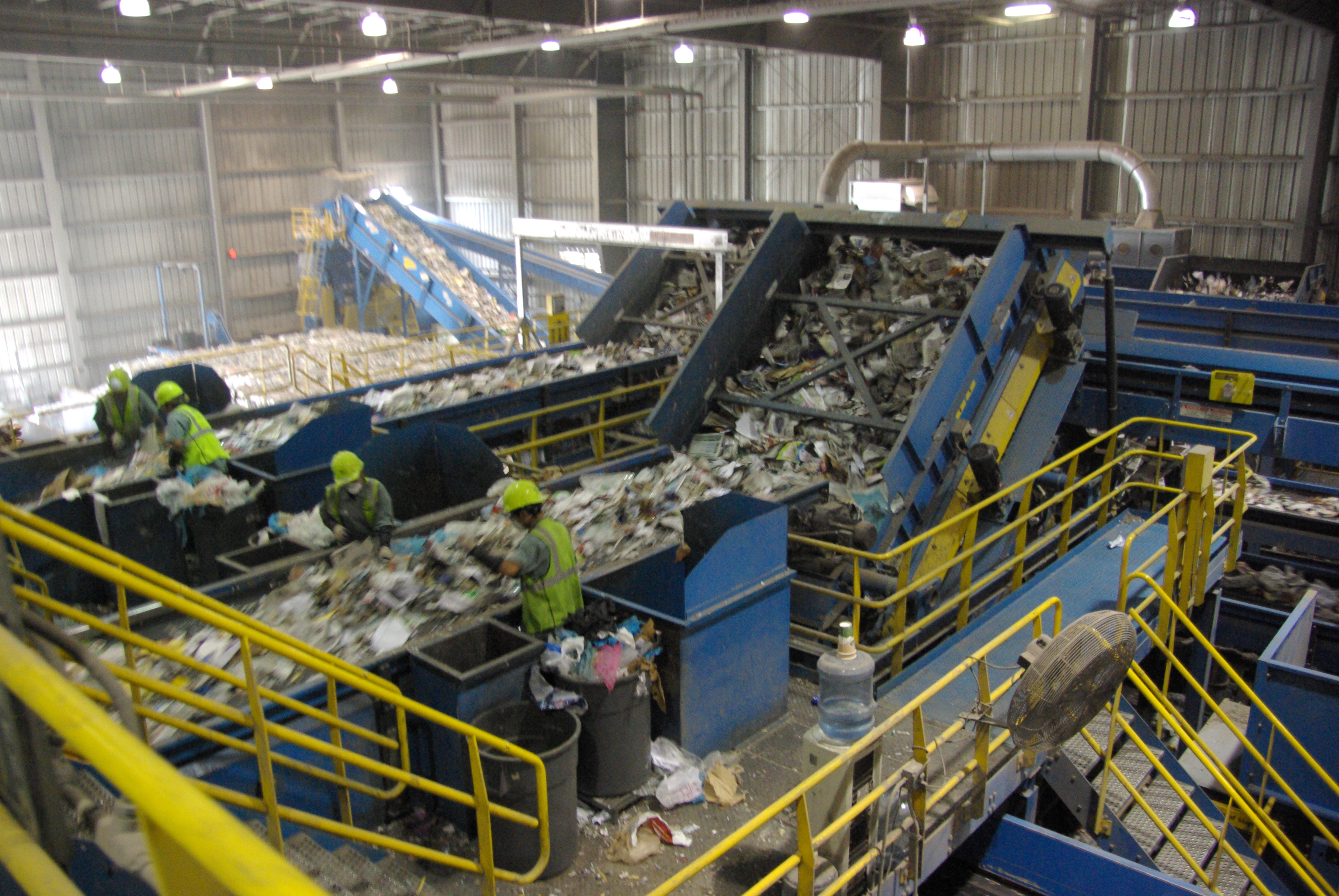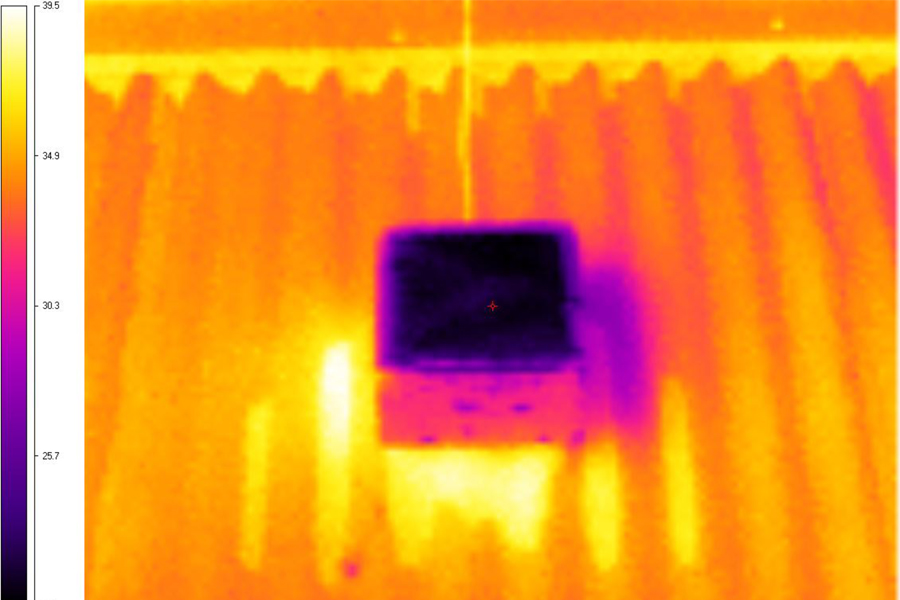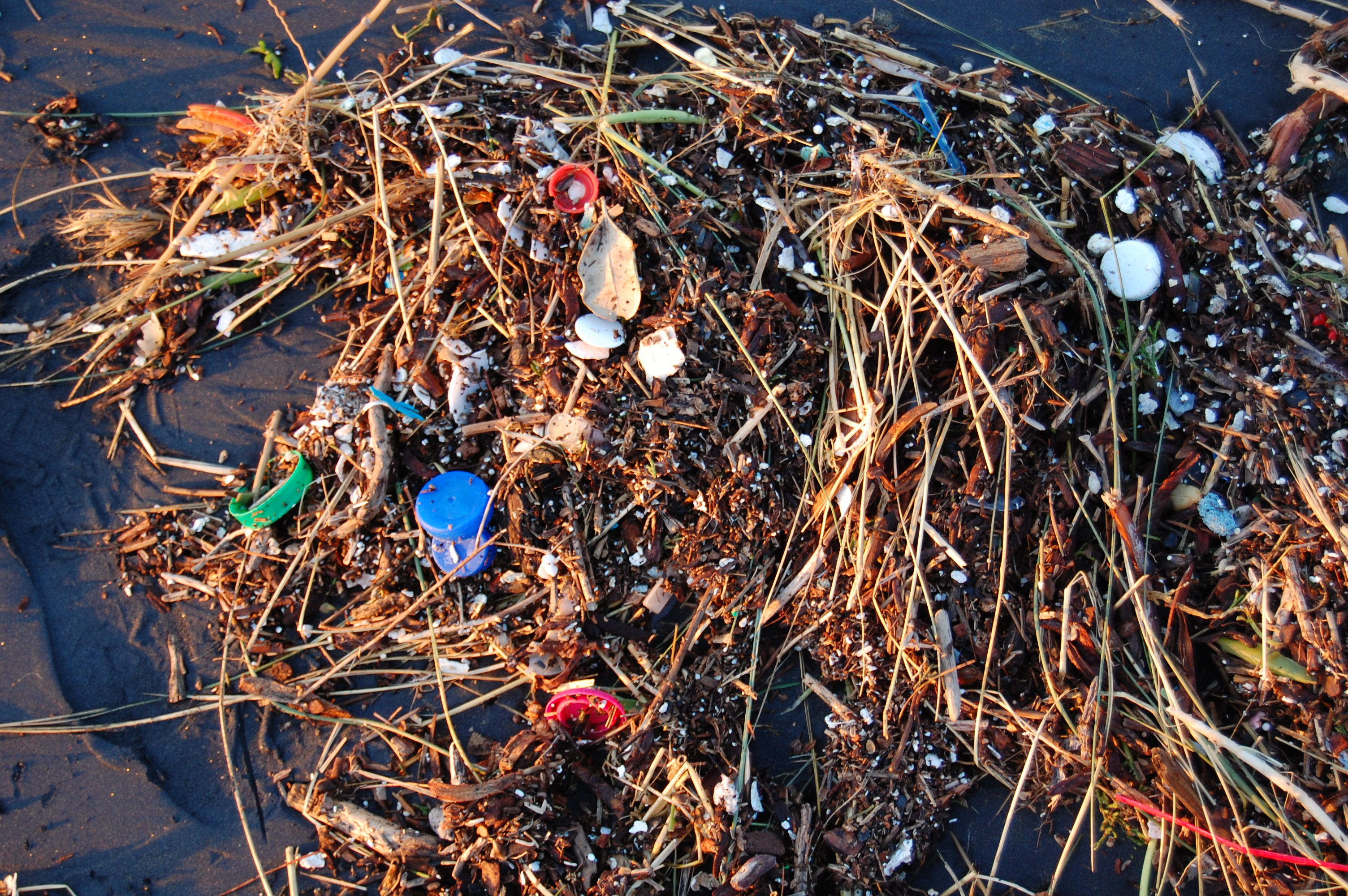Technology
Moving Toward 100% Renewables
More and more cities, states and even entire countries are setting goals to use 100% renewable energy. For the most part, these goals relate to electrical power, which is the energy need most attainable via renewable sources. But ultimately, we would like to cover all of our energy needs – electrical power, heating and cooling, and transportation – using sustainable renewable resources.
The Really Big One
Most people have heard of the San Andreas fault line. It runs the length of California, and is perpetually rumored to be to be on the verge of unleashing a big earthquake. But there’s a much lesser known fault line located just north of the San Andreas that’s predicted to trigger an even larger quake.
Climate Change And Lobster
It’s no secret that ocean waters are warming, especially in New England. The waters in the Gulf of Maine are warming 99% faster than the rest of the world’s oceans. What’s the problem? Well, lobsters like cold water, and as a result, they’re heading north.
Offshore Wind At Last
At the end of July, construction began on the first offshore wind installation in the United States. The Block Island Wind Farm is being built off the coast of Rhode Island and is expected to come online next year, providing electricity for about 17,000 homes.
Tech Advances Provide Window Into Wildlife
Since the evolution of our earliest ancestors, people have looked to clues – such as footprints in the mud or rubs on trees – to gain insight into wildlife behavior.
[Read more…] about Tech Advances Provide Window Into Wildlife
Shopping Bags
Paper or plastic? It’s a quandary we have faced in the grocery store for decades. Plastic is non-biodegradable and usually ends up in landfills or worse, in waterways or in the ocean. On the other hand, manufacturing paper is water intensive and produces pollution.
Wind To Hydrogen
There is lots of talk about hydrogen cars these days. Toyota is introducing their Mirai fuel cell car this fall. Proponents tout hydrogen as the best way to fuel environmentally-friendly cars.
Electricity Goes Local
Towns and cities are increasingly aware of the value of gaining control over their energy supply in order to make sure it is clean, efficient, reliable and secure. The central concept of what may become a local power revolution is the microgrid.
Ever-Changing Light Bulbs
Electric light became a part of our lives around 1880 as Thomas Edison began illuminating parts of New York City. For more than 100 years, the basic operating principle of light bulbs remained the same. For the most part, we used the incandescent bulbs that Edison pioneered. Of course, there were fluorescent bulbs as well, but most of our lamps used the familiar incandescent in various configurations.
Earthquakes And Fluid Injection Wells
The number of earthquakes associated with oil industry injection wells has skyrocketed from a handful per year to more than 650 in 2014, according to a new study published in Science by the University of Colorado Boulder and the U.S. Geological Survey.
Solar-Powered Hydrogen Storage
The so-called hydrogen economy is an idea that has been kicking around for quite a while. The notion is to use hydrogen as a primary energy carrier – a fuel, if you will – that will both power our cars and store the energy generated by renewable sources like solar power and wind farms. The hydrogen would then be transported if necessary to where it is needed and used to provide energy when it is needed.
The Hyperloop Isn’t Just Hype
A few years ago, Elon Musk, the man behind Tesla, SpaceX, and Solar City proposed the concept of the Hyperloop, a high speed transportation system in which pressurized passenger capsules travel inside of partially-evacuated, elevated tubes, floating on a cushion of air and being driven by linear induction motors and air compressors. The vision was for a route between Los Angeles and San Francisco that would transport passengers between the two cities in 35 minutes travelling at an average speed of about 600 mph.
Methane: The Other Greenhouse Gas
